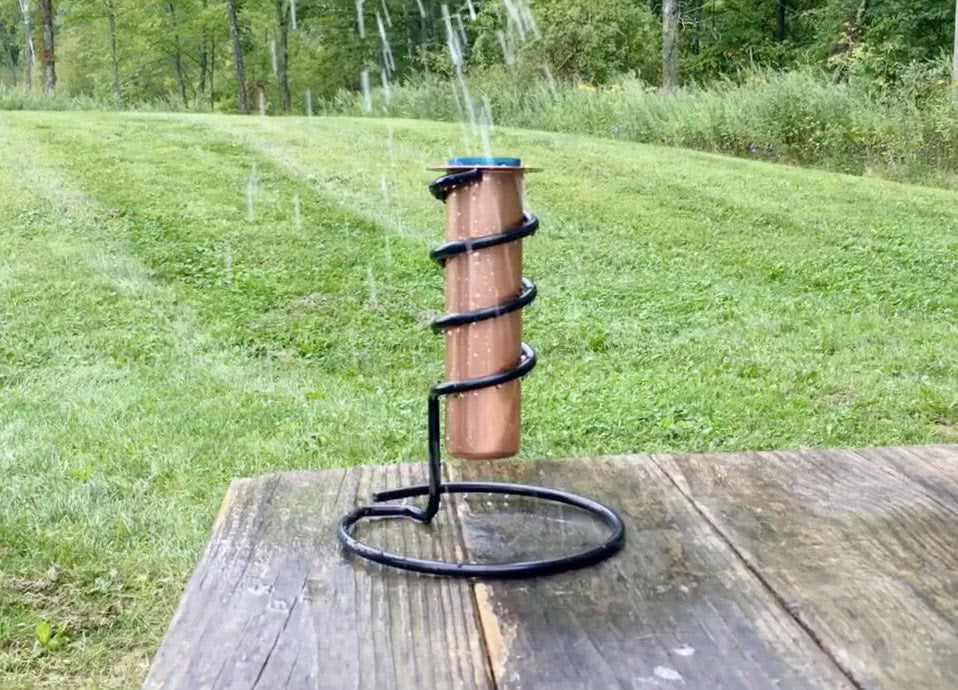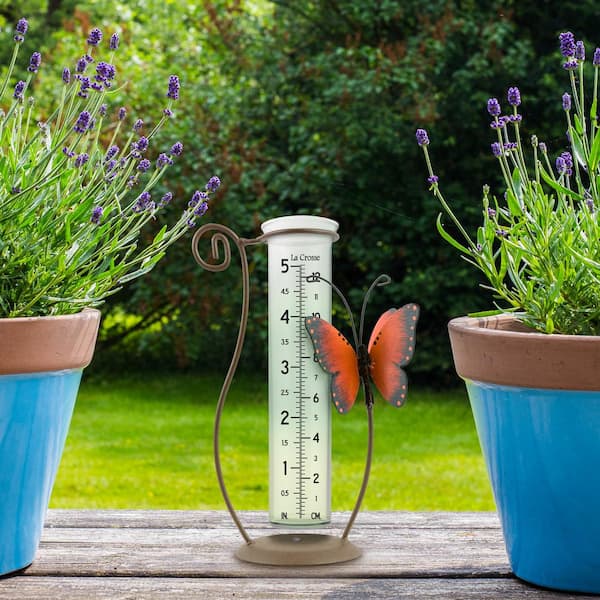The Rain Gauge: Figuring Out Rainfall Patterns and Enhancing Weather Condition Recognition
The Rain Gauge: Figuring Out Rainfall Patterns and Enhancing Weather Condition Recognition
Blog Article
DIY Rainfall Scale: Simple Steps to Make Your Own
Are you curious about tracking rainfall in your area? Creating your very own do it yourself rainfall scale is a basic and effective way to tape and gauge precipitation. With simply a few common products and some fundamental steps, you can conveniently build your own rain gauge in the house. In this guide, we will certainly give you with a detailed procedure to help you develop your very own rain scale. No requirement for any type of specialized understanding or devices - this project can be completed by anybody. By complying with these straightforward instructions, you will have a trustworthy device to measure rains and contribute to your understanding of the neighborhood weather patterns. So, allow's obtain started on making your do it yourself rainfall scale today!
Gather Materials
To begin constructing your Do it yourself rain gauge, gather all the needed materials making use of a detailed checklist of products. Having the appropriate materials on hand will make certain the effective development of your rain gauge and allow for precise dimensions of rainfall. Collecting these materials ahead of time will simplify the construction process and make certain that you have every little thing you require to develop your very own Do it yourself rain gauge.
Prepare the Container

Mark the Dimension Increments
To properly measure the quantity of rains, properly marking the measurement increments on your DIY rainfall gauge is crucial. Without clear and precise markings, it would certainly be difficult to identify the precise quantity of rains collected in your rainfall scale. Right here are the steps to note the measurement increments on your rain scale.
First, pick the system of dimension that you intend to utilize. One of the most typical devices for determining rainfall are millimeters and inches. When you have actually selected the system, use a permanent pen or water-proof paint to mark the increments on the side of your rainfall gauge. For inches, you can note every quarter inch or every fifty percent inch, depending on your preference. For millimeters, you can mark every 10 millimeters or every 20 millimeters.
When noting the increments, it is necessary to make sure that they are evenly spaced and plainly visible. Use a ruler or determining tape to guarantee precision and uniformity. Furthermore, make certain that the markings are resistant to fading or abrading, as exposure to the components might cause them to degrade in time.
Place the Rainfall Scale Outdoors
The rain gauge should be placed outdoors to precisely collect rains information. The area selected for the rainfall gauge need to be open and cost-free from any blockages that might possibly affect the dimension of rains. The Rain Gauge.
In addition, it is crucial to place the rainfall gauge on a steady surface area, such go to the website as a degree ground or a sturdy post. This will avoid any activity or tilting of the scale, which could result in imprecise dimensions. It is also suggested to stay clear of positioning the gauge near any resources of artificial water, such as sprinklers or drain systems, as this can disrupt the precision of the dimensions.
Display and Document Rain Data
Normal monitoring and recording of rains information is important for accurate data analysis and analysis. By keeping track of rainfall measurements, you can acquire valuable insights into weather patterns, climate trends, and water source monitoring. To efficiently keep an eye on and videotape rains information, it is essential to develop a routine and keep regular techniques.
To start with, guarantee that your rain scale is positioned in an open location far from challenges such as trees or structures that may block rainfall. Furthermore, make sure the rainfall gauge is level and firmly secured to avoid any kind of movement that might impact the precision of the measurements.

When videotaping the rainfall data, it is necessary to keep in mind the date and time of each dimension. Utilize a leader or a determining stick to establish the rainfall deepness in the rain gauge, and record this information precisely.
To guarantee the precision of the dimensions, it is suggested to empty the rain gauge after each recording. This will certainly prevent any overflow or evaporation from influencing succeeding measurements.
Conclusion
Finally, developing a DIY rainfall gauge is a straightforward best site and functional way to monitor and tape rains data (The Rain Gauge). By complying with the steps detailed in this article, you can easily gather products, prepare the container, mark the dimension increments, and put the rain scale outdoors. Routinely keeping home an eye on and taping rainfall data can supply beneficial information for numerous purposes
Having the ideal products on hand will make sure the effective creation of your rain scale and permit for exact measurements of rainfall.To precisely measure the amount of rains, precisely noting the dimension increments on your Do it yourself rainfall gauge is vital.The rainfall scale should be positioned outdoors to properly accumulate rains information. The place chosen for the rainfall scale must be complimentary and open from any type of obstructions that might potentially influence the measurement of rains.In conclusion, developing a DIY rainfall gauge is a easy and useful method to keep an eye on and tape rains information.
Report this page